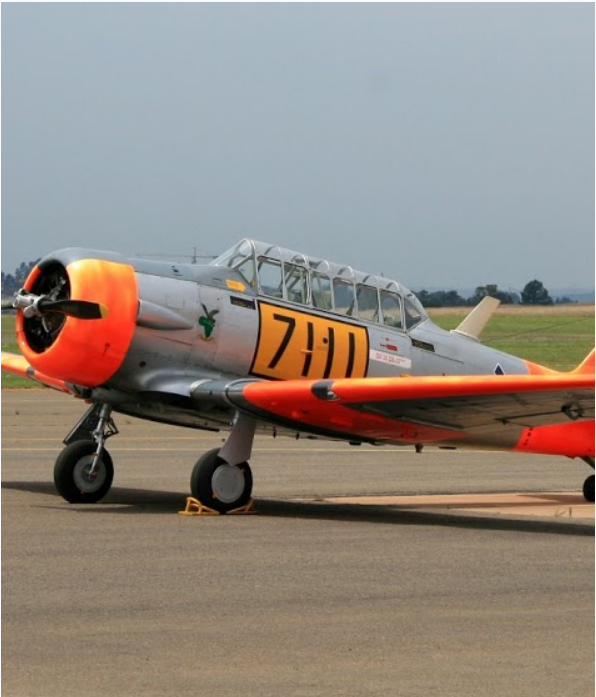We have seen some new equipment stem from the Experimental World into the Type Certificated World and some of these products are being offered for sale over-the-counter to be installed by persons that are something less than Authorized Dealers for these products. These situations have created excitement, disappointment, increased capabilities, lower costs, challenges, and a new level of complexity as we try to marry old technology to new technology.
Before I go any further, I must state that my assessment of this revolution is based on my experience to date and it is this experience that drives my opinion on the subject. Though some may disagree, what I am about to write is an attempt at an objective process for you to think about when you are considering upgrades.

Excitement – New product generally creates some level of excitement but when you add the lower equipment cost factor into the equation and capabilities from the Experimental World, it creates quite a buzz.
Disappointment – In line with the excitement comes disappointment when reality sets in. This disappointment comes in several forms: Installation Costs, Aircraft not being on STC/AML, and Limited/Specific Interface.
- I have found that most customers expect that a reduction in equipment cost equals a reduction in installation costs too but that is generally not the case; in some cases, the installation costs can be more. Let’s take a GFC500 or TruTrak Autopilot as an example. It is true that compared to an older STEC or Century Autopilot from years ago with similar capabilities, the equipment costs are considerably lower which makes the overall costs lower but the installation costs are typically equal to or higher than expected which makes the overall costs higher than expected. When you talk to manufacturer sales people about the time they estimate to install a new system, I generally find that they provide a very optimistic number either from a lack of knowledge and/or from the perspective of a perfect aircraft with no previous autopilot. There can be a fair amount of time required to remove an old system (completely) and to check and/or adjust the rigging of the aircraft before beginning to install your new autopilot.
- Many calls I take lead to disappointment when the customer finds out that their aircraft is not on the STC/AML. Manufacturers are constantly adding new aircraft to the list but it can be a slow process. It should also be noted that since some of this new equipment is NOT TSO’d therefore determining a legal path for installation can be difficult and even impossible leaving you with only one option which is to wait for your aircraft to be added to the STC/AML.
- Interfaces with older equipment can be very limiting. In many cases, asking about one product leads to end up having to install more than what you initially wanted in order to get what you want; this of course leads to more unexpected costs. For example, if you were interested in a GFC500 autopilot, you MUST install at least one G5.
Increased Capabilities – There is no question that technology opens the door to increased capabilities with the benefits of less weight and lower cost. I think overall this is a fantastic thing in most cases but there is a slight but serious reservation regarding the long-term dependence on this technology leading to a decline in the proficiency of actual piloting skills.
Challenges – This is nothing new….just different. Some of this new equipment is less forgiving than their more robust TSO’d counterparts. For example, we have installed our share of Electronic Indicators and a fair number of these installations required us to rewire things like Nav lights, Beacons, etc to eliminate interface issues. We have run into other issues (particularly with new autopilots) like prints not matching airframes due to slight variances with each model of aircraft and many of the new systems require aftermarket purchases of required but ‘not included’ parts to make the system whole.
Complexity – In today’s world, the equipment you install in your ‘Radio Stack’ can be a blend of various manufacturer’s equipment because the basic functions of each unit have become pretty much an industry standard. Even most (not all) of the ancillary devices that can feed this stack like Stormscope, TAS, TIS-B, Airdata, etc. are pretty much universal. But there is a pretty clear line drawn when we start talking about Autopilots, Glass Panels, and Datalink Weather products; all of a sudden, marriages become very important adding to the complexity of the choice-making process and the complexity of the installation itself. It is vital to speak with a qualified and knowledgeable Avionics Tech with the experience to tell you what you can pair together and what you can’t. I have yet to find a Blog or Forum that can routinely give you the right answers.
It might appear, due to the length of the “Disappointment” section, that I am anti-new technology but that is simply not true; Excitement is easy to define compared to Disappointment. Knowledge is power so by understanding what I’ve written simply lessens the disappointment which is the intent of the writing.
The climate regarding Newly Certified Equipment is evolving and it is for reason that I suggest speaking to someone who works with this stuff every day; doing so can save you countless hours of time, confusion, and frustration. The choices you make today can have a financial impact on your future choices so it is important to seek advice that puts this into proper context for you both short term and long term!